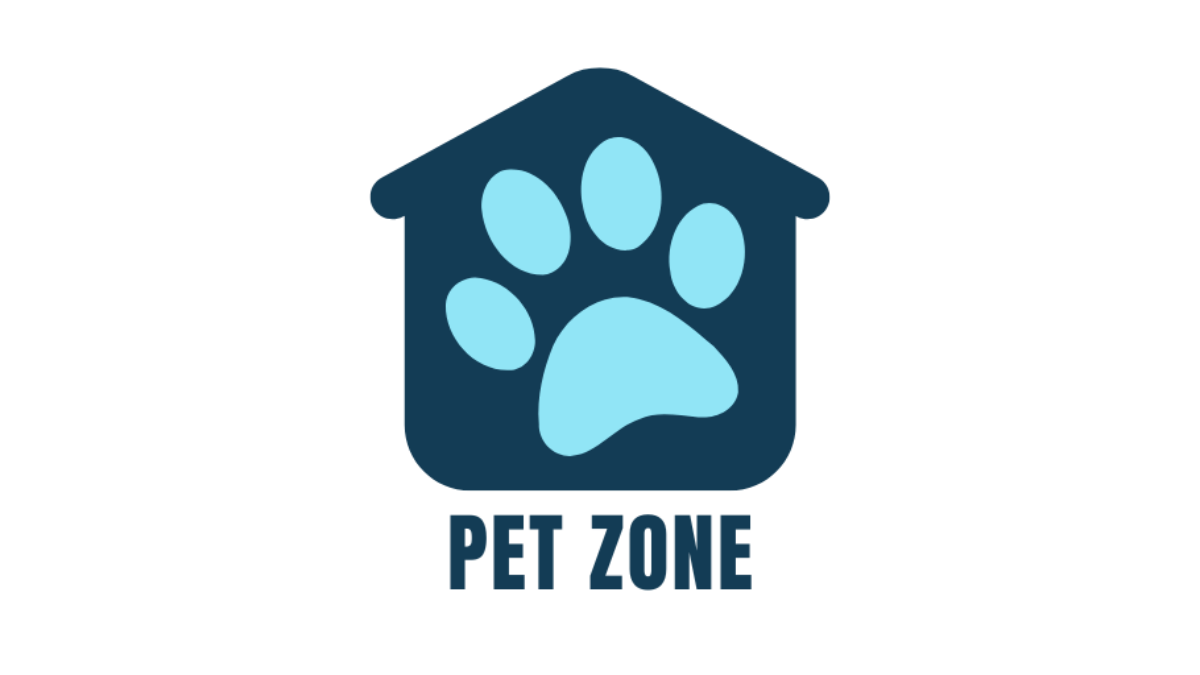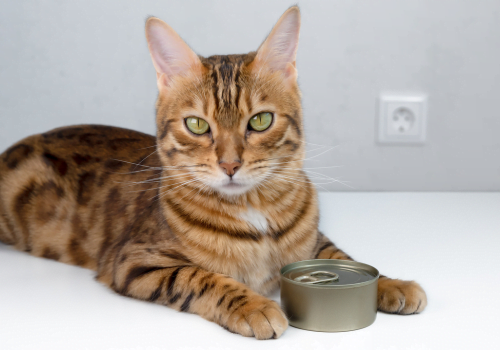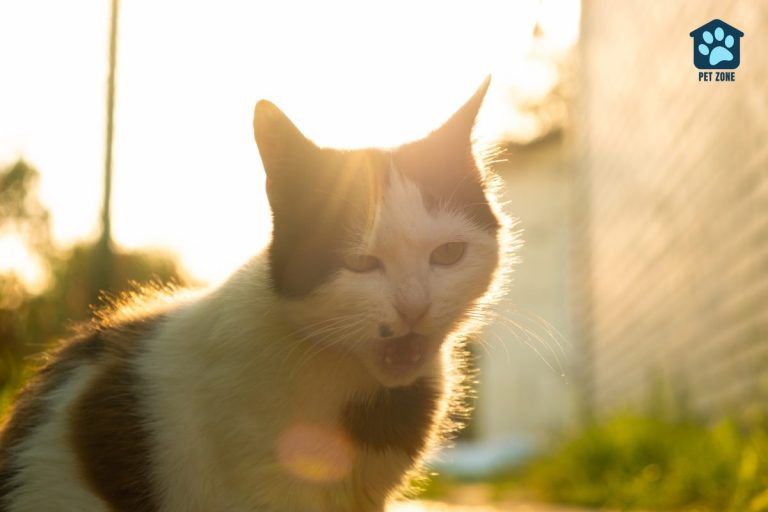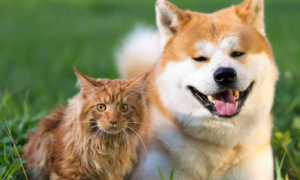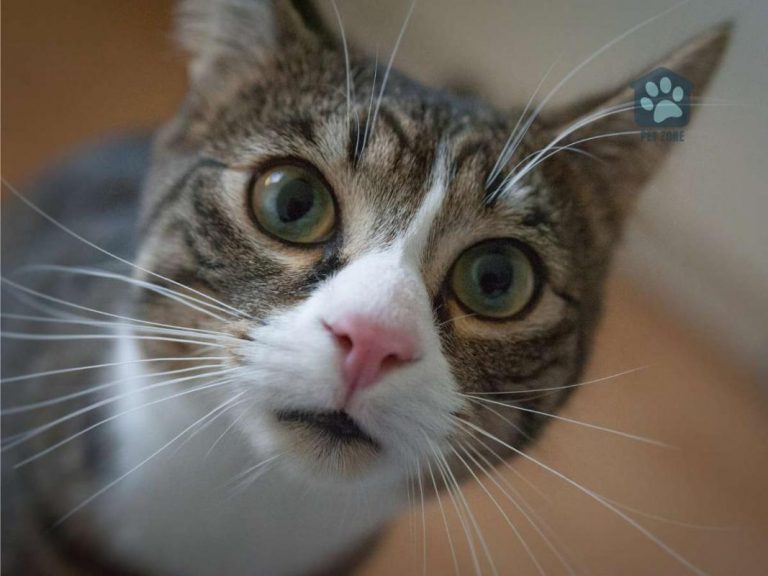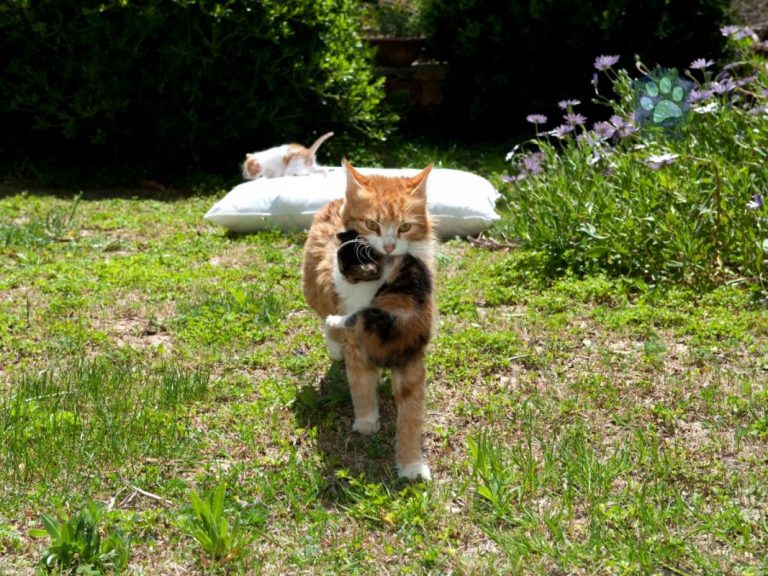Estimated reading time: 4 minutes
For many cat owners, canned food is a staple diet for their feline friends. It’s nutritious, convenient, and most cats seem to love it! But have you ever wondered what the cans themselves are made of?
The material of the can plays a crucial role in preserving the food’s quality, extending its shelf life, and ensuring that it’s easy for you to open and serve. So let’s delve deeper into this topic.
Materials Used in Cat Food Cans
Aluminum
Aluminum is a popular material for cat food cans. It’s lightweight, inexpensive, and an excellent barrier against light, moisture, and air – all things that could compromise the quality of the food inside.
Aluminum cans are also easy to open, thanks to their softer metal. However, they can be prone to denting. Ever found a can in the store with a big dent in it? That’s the downside of aluminum.
Steel
Another common material for cat food cans is steel. While steel cans provide excellent protection, they can be a bit harder to open than their aluminum counterparts. Plus, they’re heavier, which might matter if you’re buying in bulk!
BPA Lining
Many cans, regardless of whether they’re made of aluminum or steel, have a lining of Bisphenol A (BPA) or similar compounds. This lining helps prevent the food from coming into contact with the metal, which could lead to a metallic taste.
However, there’s been a lot of talk about the potential health risks associated with BPA. Some studies suggest that BPA can leach into the food. While the jury is still out on the precise impact of BPA, many manufacturers are moving towards BPA-free cans.
Understanding Can Recycling
Both aluminum and steel cans are recyclable, which is great news for the environment. The recycling process involves collecting used cans, crushing them, melting down, and then reshaping them into new cans or other products.
Recycling cat food cans not only reduces the need for raw materials but also saves a significant amount of energy compared to producing new cans. That’s a win-win for both the environment and the economy.
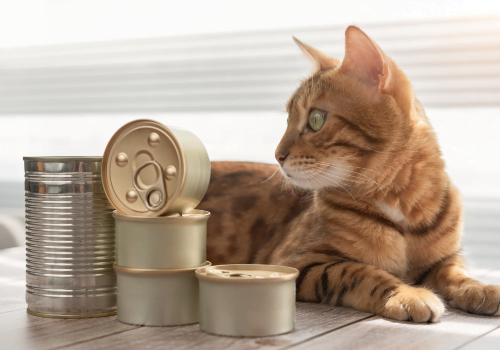
Alternative Packaging Options
With growing environmental awareness, some cat food manufacturers are exploring alternative packaging options. These include biodegradable packaging or pouches made from recyclable materials.
While these alternatives are not yet as widespread as traditional cans, they could offer a more sustainable option in the future. As consumers, we can support this change by choosing brands that prioritize eco-friendly packaging.
Conclusion
Cat food cans are primarily made from aluminum or steel, often lined with BPA or similar compounds. These materials offer robust protection for the food inside and ensure it stays fresh for longer. While there are potential health and environmental concerns associated with these materials, the industry is making strides towards more sustainable and safer alternatives.
